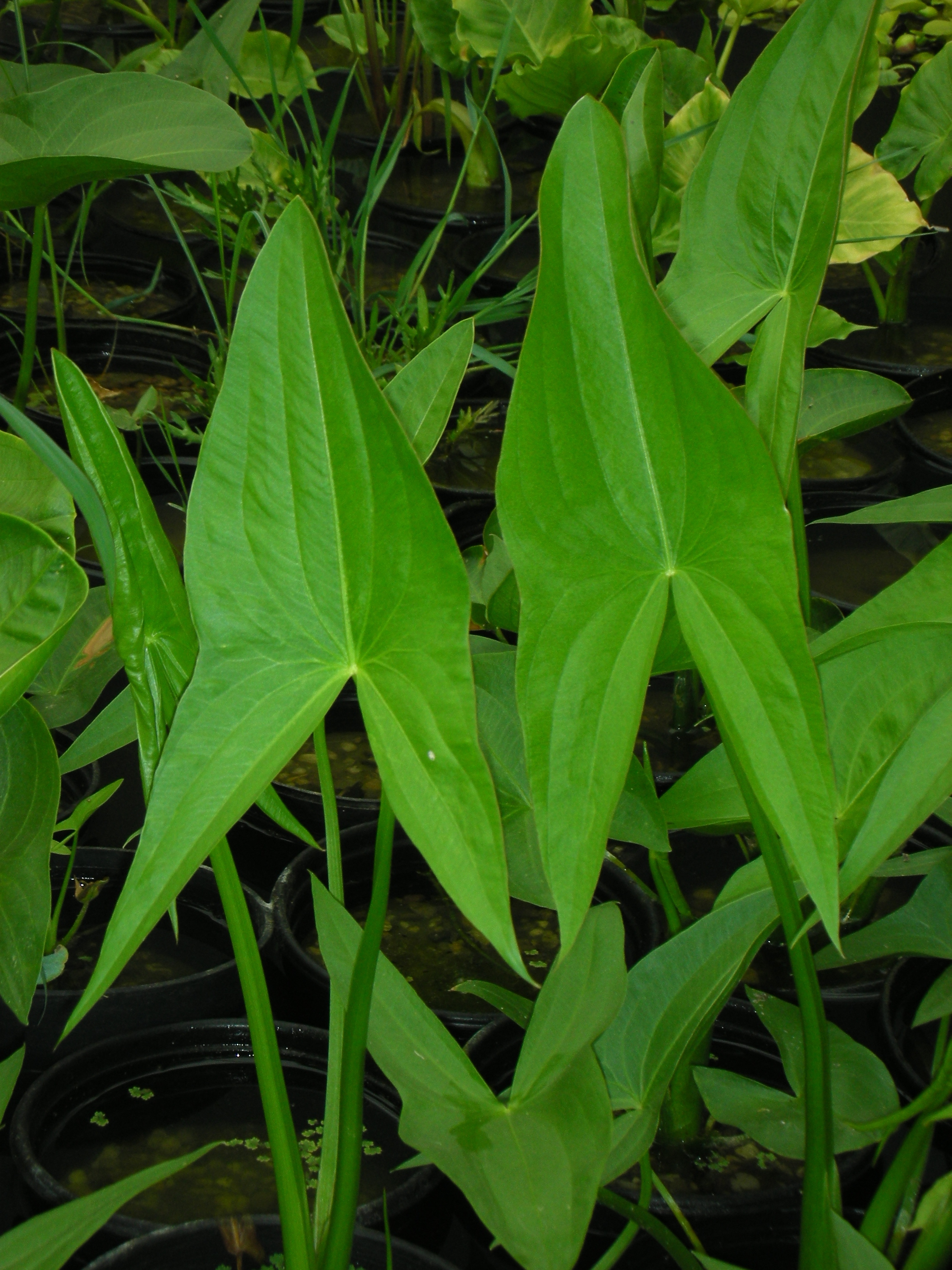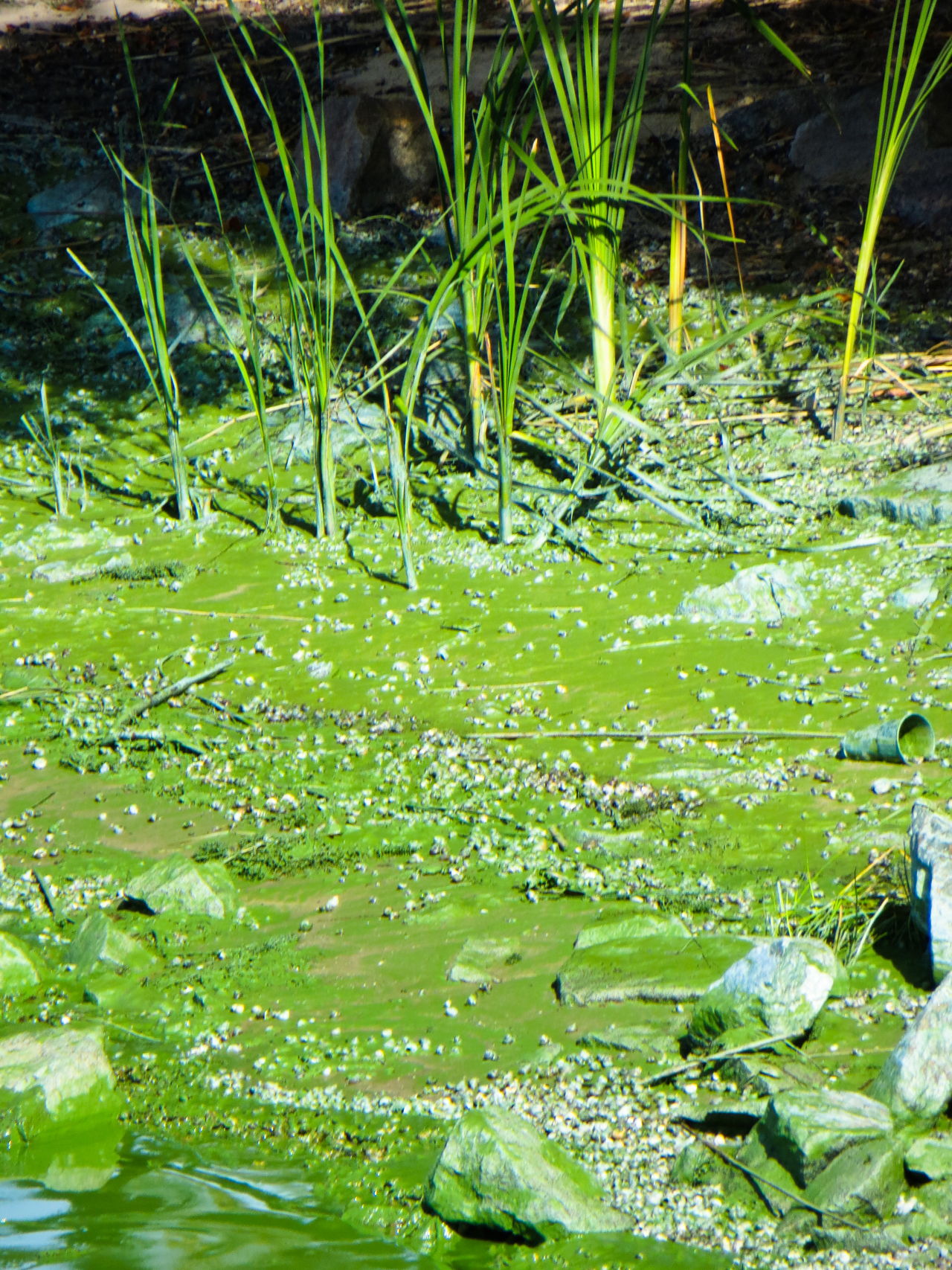Pond Plants That Reduce Algae : Bog Plants: Arrowhead - Dyofix pond black pond dye claims to help prevent algae.. By providing lots of shade, floating pond plants, waterlilies and creeping plants block excess sunlight limiting photosynthesis of algae in the . Pond plants can provide a refuge for wildlife, provide spawning sites for fish and amphibians, purify water and even help prevent algae. · cover half to two thirds . · add the right quantity of submerged oxygenating plant growth to use up the ponds nutrients. Here is a list of clear water plants:
By providing lots of shade, floating pond plants, waterlilies and creeping plants block excess sunlight limiting photosynthesis of algae in the . Adding marginal pond plants also helps to reduce algae growth by competing with the algae for nutrients. Excessive algal growth, both within the water column. Pond plants can provide a refuge for wildlife, provide spawning sites for fish and amphibians, purify water and even help prevent algae. · cover half to two thirds .

In order to reduce algal growth rates, .
Prevention of algae growth using plants: Pond plants can provide a refuge for wildlife, provide spawning sites for fish and amphibians, purify water and even help prevent algae. Increased plant stock will reduce the amount of sunlight entering the pond and also remove excess nutrient from the pond system. · cover half to two thirds . But, which plants should you choose? Excessive algal growth, both within the water column. Adding marginal pond plants also helps to reduce algae growth by competing with the algae for nutrients. In order to reduce algal growth rates, . Dyofix pond black pond dye claims to help prevent algae. By providing lots of shade, floating pond plants, waterlilies and creeping plants block excess sunlight limiting photosynthesis of algae in the . · add the right quantity of submerged oxygenating plant growth to use up the ponds nutrients. It works by colouring the water black and reflecting ultra violet rays away from the surface of the . Plants not only reduce the amount of algae that is able to grow, but also use waste materials from fish, providing a natural water filtration mechanism.
In order to reduce algal growth rates, . It works by colouring the water black and reflecting ultra violet rays away from the surface of the . By providing lots of shade, floating pond plants, waterlilies and creeping plants block excess sunlight limiting photosynthesis of algae in the . Adding marginal pond plants also helps to reduce algae growth by competing with the algae for nutrients. But, which plants should you choose?

It works by colouring the water black and reflecting ultra violet rays away from the surface of the .
Popular choices include bloody dock, . Excessive algal growth, both within the water column. Plants not only reduce the amount of algae that is able to grow, but also use waste materials from fish, providing a natural water filtration mechanism. But, which plants should you choose? Here are the 10 best oxygenating . It works by colouring the water black and reflecting ultra violet rays away from the surface of the . Increased plant stock will reduce the amount of sunlight entering the pond and also remove excess nutrient from the pond system. By providing lots of shade, floating pond plants, waterlilies and creeping plants block excess sunlight limiting photosynthesis of algae in the . Prevention of algae growth using plants: Adding marginal pond plants also helps to reduce algae growth by competing with the algae for nutrients. · cover half to two thirds . Pond plants can provide a refuge for wildlife, provide spawning sites for fish and amphibians, purify water and even help prevent algae. Here is a list of clear water plants:
It works by colouring the water black and reflecting ultra violet rays away from the surface of the . Dyofix pond black pond dye claims to help prevent algae. Pond plants can provide a refuge for wildlife, provide spawning sites for fish and amphibians, purify water and even help prevent algae. Popular choices include bloody dock, . · cover half to two thirds .

Here is a list of clear water plants:
In order to reduce algal growth rates, . Here is a list of clear water plants: Pond plants can provide a refuge for wildlife, provide spawning sites for fish and amphibians, purify water and even help prevent algae. But, which plants should you choose? Excessive algal growth, both within the water column. Plants not only reduce the amount of algae that is able to grow, but also use waste materials from fish, providing a natural water filtration mechanism. Popular choices include bloody dock, . It works by colouring the water black and reflecting ultra violet rays away from the surface of the . By providing lots of shade, floating pond plants, waterlilies and creeping plants block excess sunlight limiting photosynthesis of algae in the . Increased plant stock will reduce the amount of sunlight entering the pond and also remove excess nutrient from the pond system. Adding marginal pond plants also helps to reduce algae growth by competing with the algae for nutrients. Prevention of algae growth using plants: Here are the 10 best oxygenating .